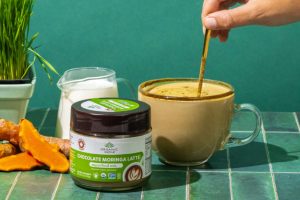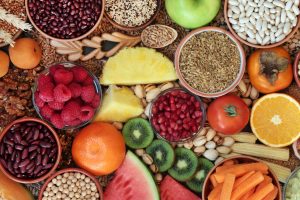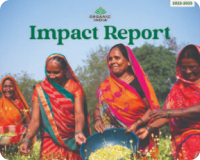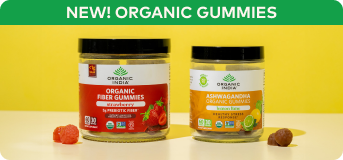

Section

Back
Regenerative Home Gardening — Lessons From the Experts
06/24/2020 | Written by Vic Shayne
Better World, Uncategorized
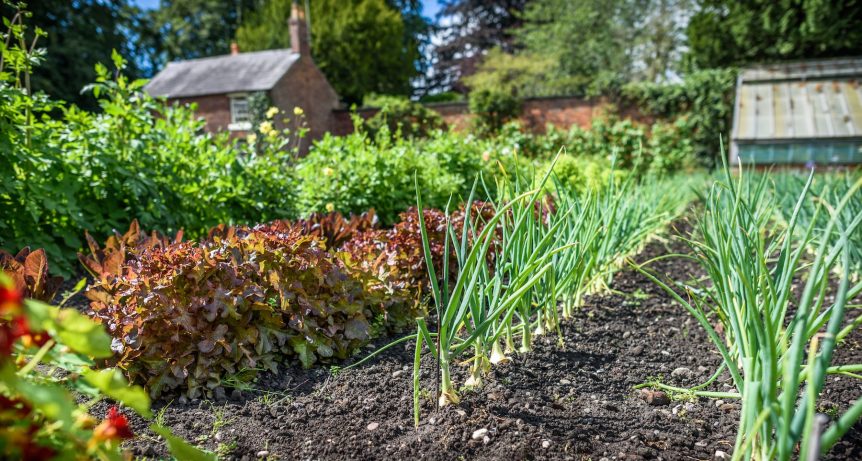
For those who think deeply about growing food, whether in large farms or in backyard planters, there is a sense of wholeness to the process that is hard to convey in words. But it’s there as a deep and abiding feeling — in the rich soil, in the hands and eyes of the gardener, and in the tender shoots that mark the return of life in the spring and early summer. Above all, it’s the sense of being part and parcel of the creation process. To make this process even more rewarding all the way around is the introduction of regeneration farming that embraces and supports our deep relationship to the earth by fostering resilience. And with a little help from those who have the most experience in this process, you can bring your own gardening efforts to a new level.
Regenerative gardening is a microcosm of regenerative farming. The idea is to employ growing practices that involve keeping the soil covered, not tilling, encouraging biodiversity, using compost, avoiding the use of chemicals, and creating fertility. Ron Finley, king of the urban gardeners, said there are nationwide communities that are “food prisons,” devoid of real food to eat. They could very easily be producing organic food and simultaneously address climate change.
Regenerative growing practices preserve carbon in the soil. The practice leverages the power of photosynthesis in plants to reduce loss of vital carbon as it increases soil health, crop resilience, and nutrient density.
Like many others of his ilk, Finley is an advocate of the “climate victory garden” idea, inspired by the victory gardens of the 1940s, wherein nearly 20 million U.S. home gardens produced eight million tons of food — more than 40 percent of the fresh fruits and vegetables consumed in the nation at the time. By educating the public about regeneratively homegrown food, Finley suggests that growers are raising awareness about one of the biggest global challenges of our time and showing Americans how they can make a difference for themselves, their households, and their communities. “Soil equals life,” he said.
Organic vs. Bioregenerative
For millions of people, organic farming is the best standard for growing nutritious food and nurturing environment. However, we have to rethink this. Although organics may be slightly better than conventional practices that strip the earth of its top soil, poison crops with synthetic sprays, and threaten health, there are many problems that consumers are generally unaware of.
John Long, Rodale Institute, explained that organic farming means no GMO inputs (plants, seeds, etc.), as well as crop rotation practices that enable a grower to obtain organic certification and disrupt pest populations, and preserve soil nutrients. Surprising to many, organic rules do indeed allow the application of ‘organic’ chemical inputs (pesticides, fertilizers, herbicides). This is a practice that has evolved to benefit big producers, as well as industrial agriculture corporations.
The problem with many organic-approved insecticides, Long said, is that they are non-specific, and are indiscriminate in the types of insects they kill — both beneficial ones and pests. Beyond this, the run-off of organic-approved fertilizers and composts into water systems is as problematic as synthetic fertilizers. “Basically producers are allowed to continue unsustainable agricultural practices simply by substituting ‘organic’ chemicals for synthetic,” said Long.
The Time Has Arrived for Regeneration
Any experienced food grower will readily tell you that the foundation for healthy plants is healthy soil. And soil breathes just like animals do; its process is called soil respiration and refers to the carbon dioxide that is produced by the biological activity of soil organisms, including plant roots, microbes, and soil animals. Regenerative growing practices preserve carbon in the soil. The practice leverages the power of photosynthesis in plants to reduce loss of vital carbon as it increases soil health, crop resilience, and nutrient density. This translates to a gradual reversal of the negative effects and practices of commercial farming that have wreaked so much destruction not just to the soil, but also to lifeforms and the environment, as a whole. By better managing the land, both large growers and you, the home gardener, can produce healthier food and take an active role in saving the planet by way of promoting soil biodiversity.
If you’re a home gardener, then you can easily benefit from, and apply, some useful practices involving the regenerative mindset. You can add organic material to garden soil (compost, decomposing fall leaves, etc.) for productive healthier soil that can obviate the need for using chemicals. In the fall, let leaves lie as they fall rather than raking — they provide winter environments for beneficial insects such as ladybugs. And, by planting a diversity of plants around and within your garden, your efforts will attract pollinators, friendly insects, and birds. Integrating a variety of pollinators’ favorite plants, such as Calendula, Salvia, Verbena, Milkweed, or Goldenrod, can support healthy insect populations.
Wisdom teachings passed down through the ages tell us that every change begins with the individual. So you can take it to heart that even your personal garden may be integral to a worldwide movement to regenerate the environment, as a whole, producing healthier food and uplifting all lifeforms on this delicate, but resilient, planet.
